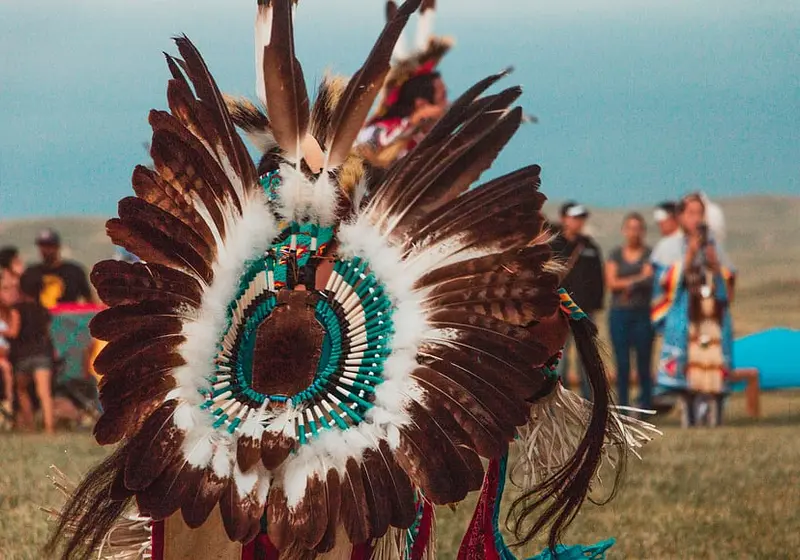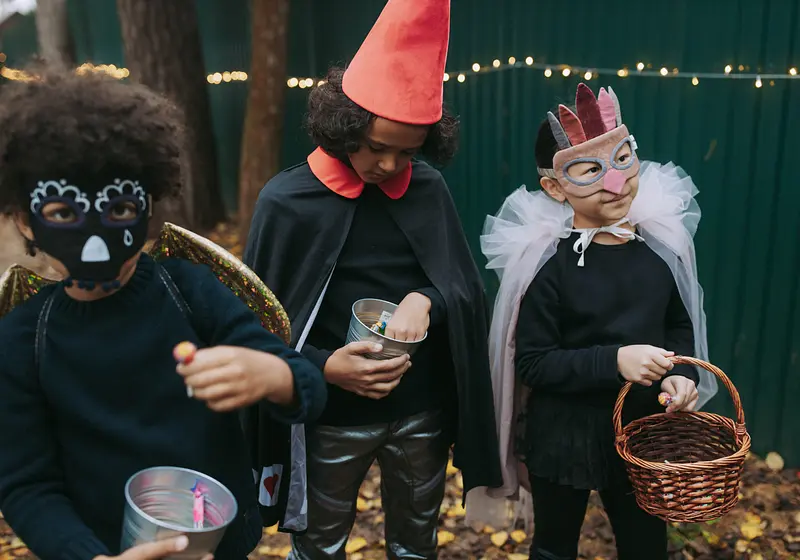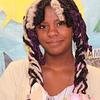Before we get into the heart of this subject, I think it's important for me to highlight my motivation behind my desire to discuss such a topic.
If any of you have kept up with world affairs, you might have come across an event that occurred in Quebec a few weeks ago, whereby Joyce Echaquan, an Atikamekw woman, was heard screaming in distress on a Facebook live while healthcare workers verbally abused her. By no means am I an Atikamekw woman like Joyce, and thus I can't exactly empathize with her suffering.
However, I am the daughter of two indigenous parents originating from North Africa, and hence I can understand the hurt her family must be feeling. I believe that the history of indigenous people should be glorified and taught about, and so I have decided to start this little series of articles where I explore different indigenous communities that exist all over the world.
The first ethnic tribe I wish to explore is the Berbers, for this community resonates with my personal identity. My parents are both Berbers, and despite not being born in North Africa, I am quite proud of my origins. Both of them have grown up in small villages in Algeria, and so going there during the summer is something that brings back profound nostalgia for me. The mountains, the agriculture, the traditions, the culture, the food- every aspect of the Berber identity I cherish and love deeply.
Let us slide into your dms 🥰
Get notified of top trending articles like this one every week! (we won't spam you)What does 'Berber' mean?
The first thing to note here is that 'Berber' is simply a slight deviation to the self-name 'Amazigh', which Berbers call themselves. The plural, being 'Imazighen', means 'free people'.
Many scholars rightly point out that Berbers tend to reject the name 'Berbers' because of its negative connotations and because of its 'colonial baggage' — some have argued, using the influence of Edward Said's orientalist theory, that the name 'berbers' signals to 'barbary'- if any of you have read Othello by Shakespeare, you might be able to recognize this link!
The Berbers also have their own symbol, and this is seen on their flag as well: it is called 'yaz', and it serves to reflect Amazigh culture in North Africa, as well as the 'free man'.
Take the Quiz: Which Indian city is the perfect holiday spot for you!?
Let's match you with an Indian city that you would love!
The Difference
How are Berbers different to Arabs/Algerians- what makes them an indigenous community?
The answer is clear- Berbers are seen as being the pre-inhabitants of North Africa. This means that they came before Arabs, and were the original settlers of North Africa, making them a native community in some ways. Many of the Berbers in North Africa are the 'Touareg', and these happen to be a nomadic group situated in the Sahara desert.
Berbers being the pre-Arab inhabitants of North Africa makes them an indigenous community. On the 8th of May 2002, Berber, or rather 'Tamazight', was recognized as a "national language" in Algeria, however not an 'official' one, which is quite different. However, the Algerian parliament in 2016 did see Berber as having official status along with Arabic. Berber is nonetheless a minority language, in that it is not as widely spoken as Arabic in North Africa, and not regarded in the same way.
Customs and Traditions
Any customs/ traditions that make up the Amazigh identity?
The massive trait that enables one to distinguish between Arab and Berber identity is the presence of tattoos.
Berber culture has regarded tattooing as a symbol of womanhood, and was often utilized for beauty and protection. To this day, if you were to go to a Berber village in the regions of Tizi Ouzou or the Atlas Mountains, chances are you may still see elderly women with tattoos, although the tradition has significantly died down due to religious influence in North Africa.
For Moroccan Berbers, the tradition of tattooing has slowly faded away because of the impact of globalization, and this pre-Islamic practice is not as common as it once was. However, for these women, the art of tattooing acted as a unifying power, in that it regrouped tribes together and strengthened their bonds.
All in all, it's a purely beautiful and enigmatic practice that whenever I see, signals to me untold tales of my ancestors, reminding me of the identity that I often seem to forget.
I have attached a picture of traditional Amazigh tattooing on two beautiful girls for anyone who is interested in seeing a visual representation of this practice. Photo credit: Michael Peyron
Honoring
In the light of honoring indigenous communities, I urge you to explore more about these amazing communities.



















